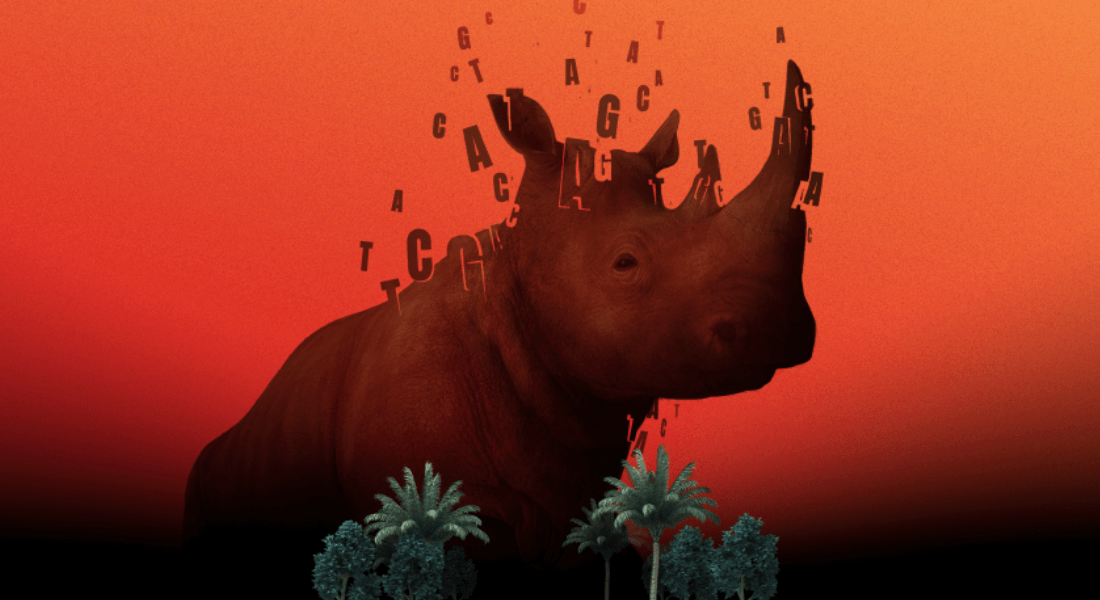Framework predicts genetic diversity loss
New study published in Science with CMEC co-authorship resolves a 100 year old challenge for predicting global genetic diversity loss.

For more than 100 years, ecologists have known that the number of species increases with area following a power law. In other words, the larger the area of the ecosystem, the larger the diversity of species, known as the species-area relationship (SAR). This has made it possible to predict future declines in species richness. In addition to species richness, genetic diversity is another key dimension of biodiversity. With species’ geographic ranges being reduced due to Anthropogenic habitat loss and climate change, the risk of extinction and loss of genetic diversity increase.
So far, the right tools for predicting genetic diversity loss have been lacking. However, with the introduction of a new methodical framework, a research team has been able to bridge the gap between biodiversity theory and populations genetics paving the way for predicting genetic diversity loss, explains David Nogués-Bravo, Professor at Center for Macroecology, Evolution and Climate (CMEC), and co-author of the new study:
“We did not know whether a similar relationship existed for genetic diversity and area like the species-area relationship (SAR). Nevertheless, by using thousands of whole genomes from 20 species distributed across the planet, we discovered that genetic diversity across plants and animals in fact does increase with area following a different power law we are calling mutation-area relationship (MAR).”
Tool for future conservation policies
By utilizing the new mathematical framework, the research team has made an estimate showing that more than 10% of genetic diversity may already be lost for many threatened and non-threatened species. This means that United Nations’ post-2020 targets for genetic preservation have already been surpassed, and that substantial area protection is highly needed in order to meet the UN Sustainable Development Goals.
“Because the adequate methods to predict future losses of genetic diversity have not been available, organizations such as the UN have been challenged in providing evidence to mitigate future losses of genetic diversity. Now our findings help predict the extinction of genetic diversity and provide research-based evidence for future conservation policies”, Professor David Nogués-Bravo concludes.
The work is published in Science by first author Moises Exposito-Alonso and senior author Erin Zess, with co-authors Tom R. Booker, Lucas Czech, Lauren Gillespie, Shannon Hateley, Christopher C. Kyriazis, Patricia L. M. Lang, Laura Leventhal, David Nogués-Bravo, Veronica Pagowski, Megan Ruffley, Jeffrey P. Spence, Sebastian E. Toro Arana, and Clemens L. Weiss.
Read more about the publication here.
Contact
Professor David Nogués-Bravo
